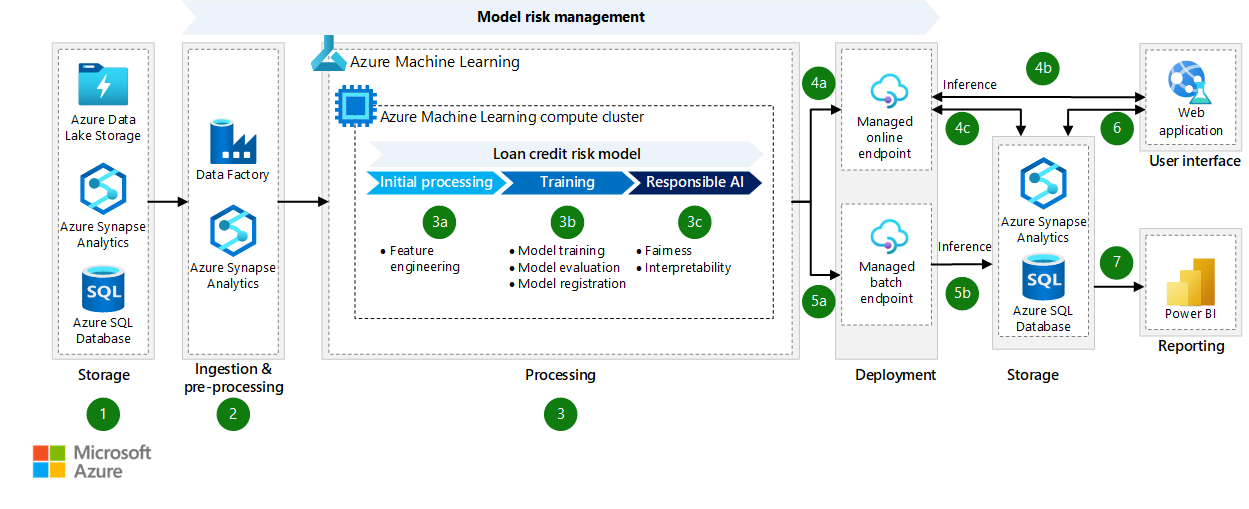金融AI革新:人工智能算法在金融行业中的实战案例
发布时间: 2024-09-02 00:43:57 阅读量: 92 订阅数: 54 


# 1. 人工智能在金融领域的理论基础
## 1.1 AI的定义及在金融中的角色
人工智能(AI)是指能够执行通常需要人类智能才能完成的任务的计算机系统。在金融领域,AI扮演着越来越重要的角色,能够提高决策质量,优化运营效率,增强风险管理和客户体验。
## 1.2 金融AI的历史和演变
金融AI的历史可以追溯到1950年代,当时的机器学习算法在股票市场预测中被初步应用。进入21世纪后,伴随着大数据和计算能力的突破,AI在金融领域的应用迎来了高速发展,从基础的自动化处理到高级的预测分析和风险管理,金融AI技术正在不断进步和深化。
## 1.3 人工智能技术的分类及特点
人工智能技术主要分为规则驱动、机器学习和深度学习等几个类别。不同技术有不同的应用场景和特点。例如,规则驱动系统擅长处理规则明确的任务,而机器学习和深度学习则在处理复杂模式识别任务上更具优势,如信用评分和市场预测等。
# 2. 金融AI的数据处理技术
## 2.1 数据收集与预处理
### 2.1.1 数据源的多样性与获取
金融领域产生数据的途径多种多样,包括但不限于交易记录、市场分析报告、客户行为数据、社交媒体和新闻资讯等。这些数据源的性质各异,有结构化数据如表格和数据库中的数据,也有非结构化数据如文本、音频和视频等。
为了有效地利用这些数据,数据收集的第一步是确定数据的来源和收集方法。对于结构化数据,一般可以通过应用程序接口(API)、数据库连接等方式获取。而非结构化数据则需要爬虫技术、API订阅服务或者购买第三方数据服务等方法来收集。
例如,在Python中,我们可以使用`requests`库和`BeautifulSoup`库从网页中抓取信息:
```python
import requests
from bs4 import BeautifulSoup
url = "***"
response = requests.get(url)
soup = BeautifulSoup(response.content, 'html.parser')
data_table = soup.find('table', {'id': 'financial_table'})
# 提取表格中的数据
financial_data = []
for row in data_table.find_all('tr'):
cols = row.find_all('td')
cols = [ele.text.strip() for ele in cols]
financial_data.append([ele for ele in cols if ele])
```
上面的代码块展示了如何利用Python从一个网页中抓取表格数据。
### 2.1.2 数据清洗与数据质量控制
收集到数据后,必须进行清洗工作以确保数据质量,包括去除重复数据、处理缺失值、修正格式不一致和纠正错误等问题。
数据清洗的步骤通常包括:
- **识别和处理缺失值**:采用方法如填充、删除或者插值。
- **数据类型转换**:将数据转换成适当的格式,比如将字符串格式的数字转换为数值类型。
- **异常值处理**:运用统计学方法识别并处理异常值,如使用Z-score方法。
- **数据归一化**:确保数据在统一的尺度上,便于模型处理。
在Python中,可以使用`pandas`库进行数据清洗:
```python
import pandas as pd
# 创建一个包含缺失值和异常值的DataFrame
df = pd.DataFrame({
'A': [1, 2, 'string', 4],
'B': [5, None, 7, 8],
'C': [9, 10, 11, None]
})
# 处理缺失值
df = df.dropna() # 删除含有缺失值的行
# 或者填充缺失值
df.fillna(value='FILL VALUE', inplace=True)
# 数据类型转换
df['A'] = pd.to_numeric(df['A'], errors='coerce')
# 异常值处理
z_scores = (df - df.mean()) / df.std()
abs_z_scores = abs(z_scores)
filtered_entries = (abs_z_scores < 3).all(axis=1)
df = df[filtered_entries]
```
以上代码块说明了如何使用`pandas`进行常见的数据清洗操作。在数据质量得到保障后,才能进行后续的特征工程和模型训练工作。
## 2.2 特征工程与模型训练
### 2.2.1 特征选择和特征提取
特征工程是机器学习流程中的关键步骤,它包括了特征选择和特征提取两个重要的部分。特征选择是指识别出对模型预测能力最有帮助的数据特征,而特征提取则是从原始数据中构造出新的特征。
#### 特征选择
特征选择可以减少模型的复杂度,缩短训练时间,同时也减少过拟合的风险。常见的特征选择方法有:
- 过滤方法(Filter methods):使用统计测试来选择特征。
- 包裹方法(Wrapper methods):根据所选特征集构建模型,并使用其性能来评估特征子集。
- 嵌入方法(Embedded methods):在模型训练过程中同时进行特征选择。
```python
from sklearn.feature_selection import SelectKBest, f_classif
# 假设 X 是特征数据, y 是标签
selector = SelectKBest(f_classif, k=10)
X_new = selector.fit_transform(X, y)
```
上面的代码块使用了`SelectKBest`方法选择最重要的10个特征。
#### 特征提取
特征提取包括从原始数据中通过数学转换产生新的特征,例如主成分分析(PCA)和线性判别分析(LDA)。
```python
from sklearn.decomposition import PCA
# PCA降维
pca = PCA(n_components=5)
X_pca = pca.fit_transform(X)
```
### 2.2.2 机器学习模型的选择与调参
选择合适的机器学习模型对于构建有效的金融预测系统至关重要。模型的选择要基于问题的性质,例如预测性质、数据的大小和类型等。常用的模型包括线性回归、决策树、随机森林、支持向量机、神经网络等。
调参是调整模型参数以提高模型性能的过程。参数调优的常见方法包括网格搜索(Grid Search)、随机搜索(Random Search)和贝叶斯优化等。
```python
from sklearn.ensemble import RandomForestClassifier
from sklearn.model_selection import GridSearchCV
# 随机森林分类器并使用网格搜索进行参数调优
rfc = RandomForestClassifier()
param_grid = {'n_estimators': [100, 200, 300], 'max_depth': [5, 10, 15]}
grid_search = GridSearchCV(estimator=rfc, param_grid=param_grid, cv=5)
grid_search.fit(X, y)
best_params = grid_search.best_params_
best_estimator = grid_search.best_estimator_
```
以上代码展示了如何使用`GridSearchCV`进行随机森
0
0





